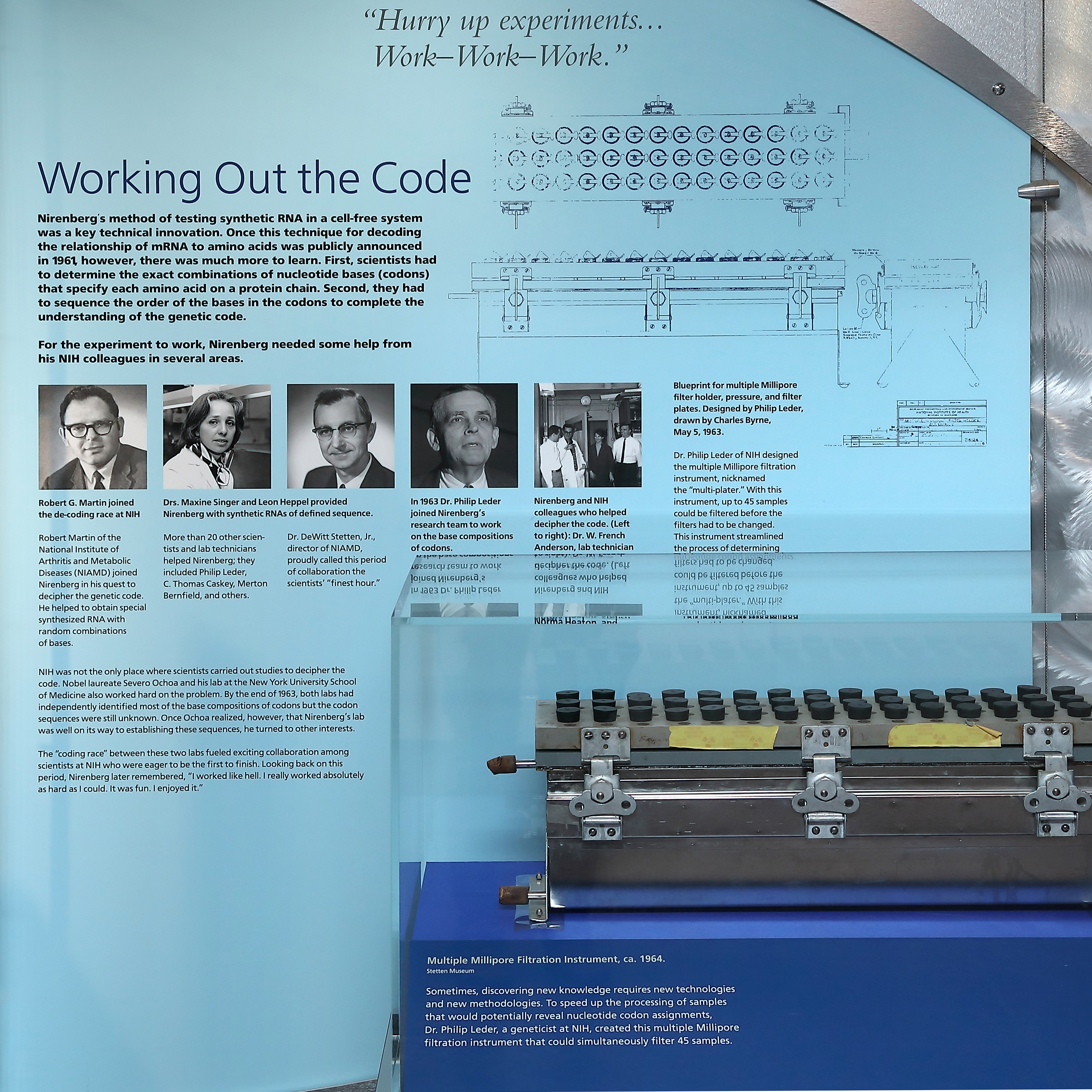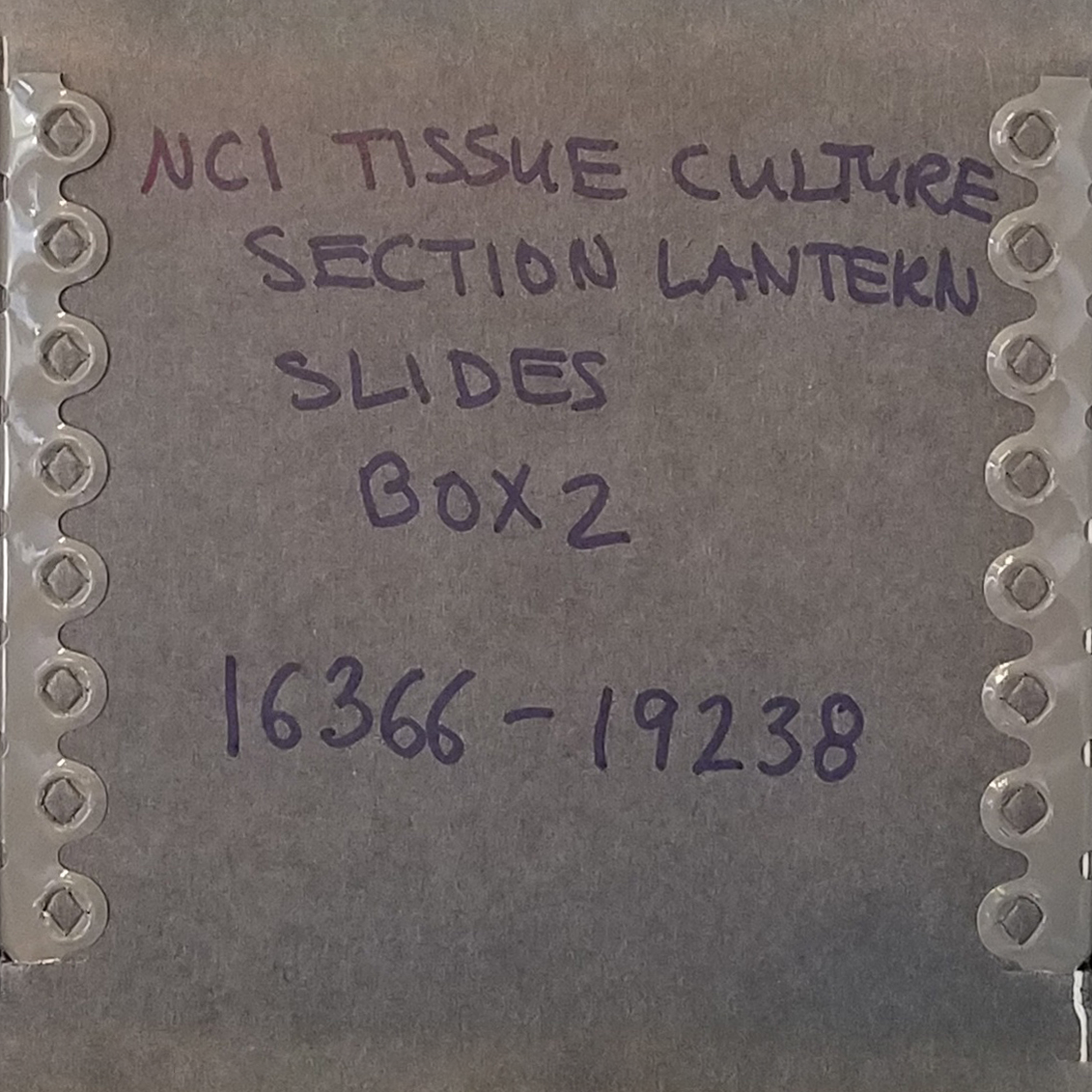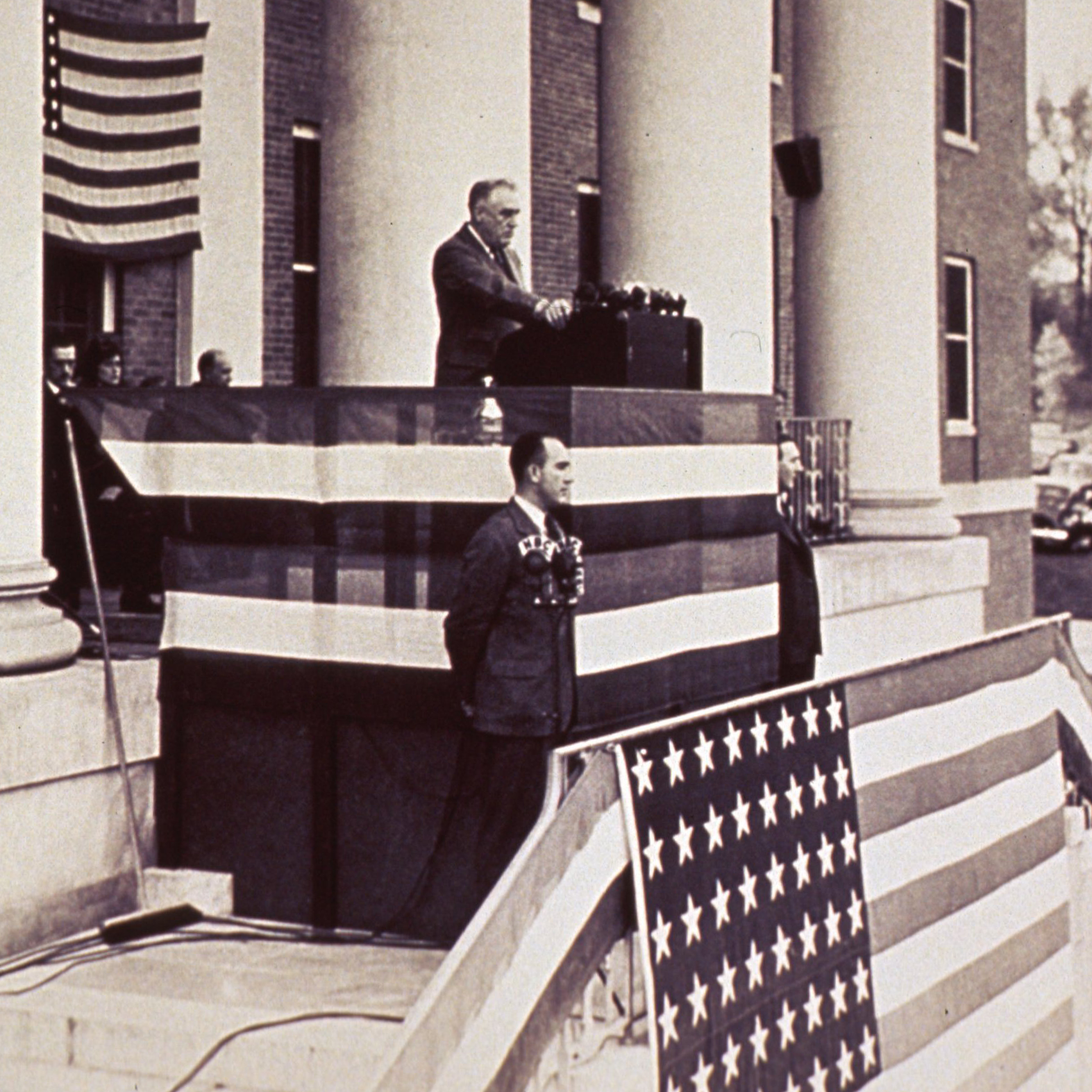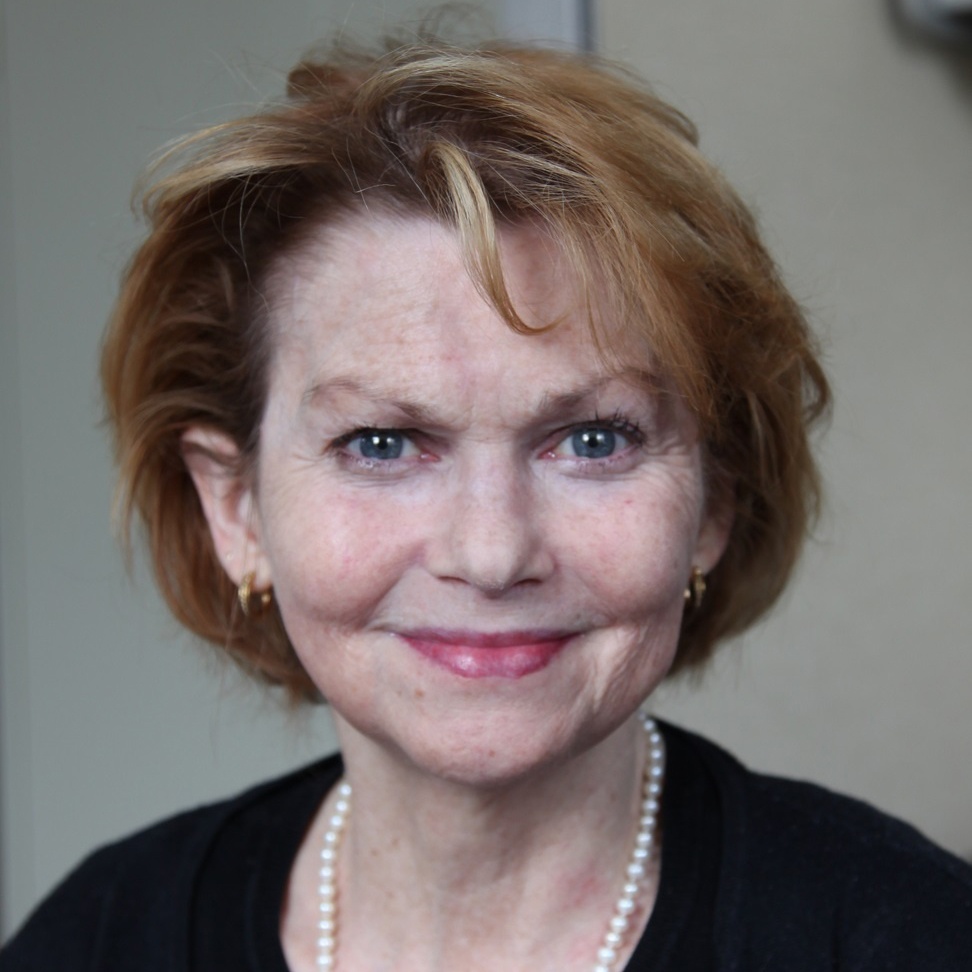Highlights
The DeWitt Stetten Jr. Museum of Medical Research, established in 1986, preserves and interprets the material culture of the scientific work of the NIH. In conjunction with the broader Office of NIH History, the Stetten Museum collects biomedical research instruments, photographs, videos, journals, oral histories, and objects related to the general history of the NIH, including architectural artifacts, artwork, and clothing.
The Office of NIH History and Stetten Museum holds many collections: objects, images, and documents, and books. We have over 3,100 objects and thousands of photographs related to NIH history. There are many ways to search our collections.
The Office of NIH History and Stetten Museum was established to increase historical understanding of the National Institutes of Health and biomedical science among NIH staff, scholars, and the general public. The Office serves as a source of information for NIH history by maintaining a subject and biographical ready-reference collection.
Dr. Kim Pelis Named ONHM Director
Dr. Pelis has worked at the NIH for more than 15 years, primarily in the Office of the Director, where she was lead speech writer on the NIH Director's Presentations Team and an editor for the NIH Director's Blog. Kim joins the ONHM with experience in both academic and public history. She earned her Ph.D. in the history of medicine from Johns Hopkins University School of Medicine. Her dissertation concerned Charles Nicolle, the French bacteriologist who received the 1928 Nobel Prize in Medicine for his identification of lice as the transmitter of epidemic typhus. Prior to coming to the NIH, Kim was an assistant professor of medical history at the Uniformed Services University, across the street from the NIH, from 1998 to 2005.
Please join us for the next NIH History Office lecture, "The Evolution of Minority Health Research" by Otis Webb Brawley, M.D., Johns Hopkins University, from noon to 1:00 p.m. ET on Thursday, February 24, 2022, at https://videocast.nih.gov/watch=44756.
Read more about this lecture: The Evolution of Minority Health Research
Photo by Hank Grasso
We're sad to announce the death of our long-time archivist, Barbara Faye Harkins. After retiring in March 2020, she was greatly missed by our patrons. Now she will be greatly missed by us.Photo Courtesy of the Lednicer Family
We celebrate the life, work, and friendship of Daniel Lednicer, Ph.D., who joined our office as a volunteer in 2006 and actively contributed to our mission until his death last week at the age of 91. He is greatly missed.












